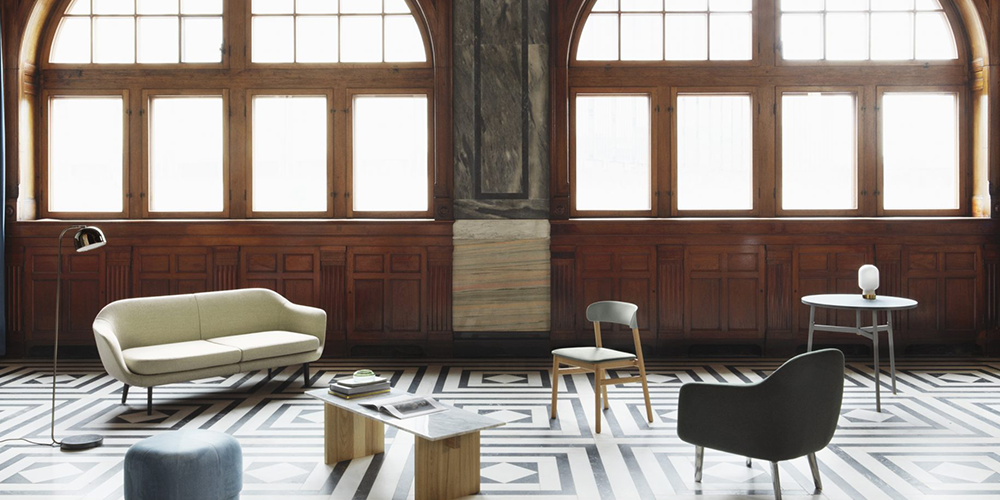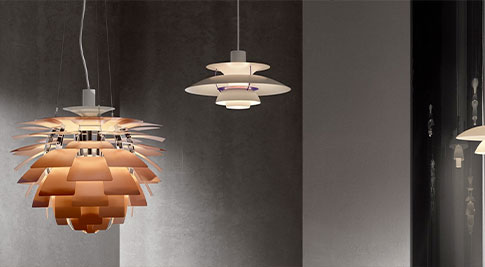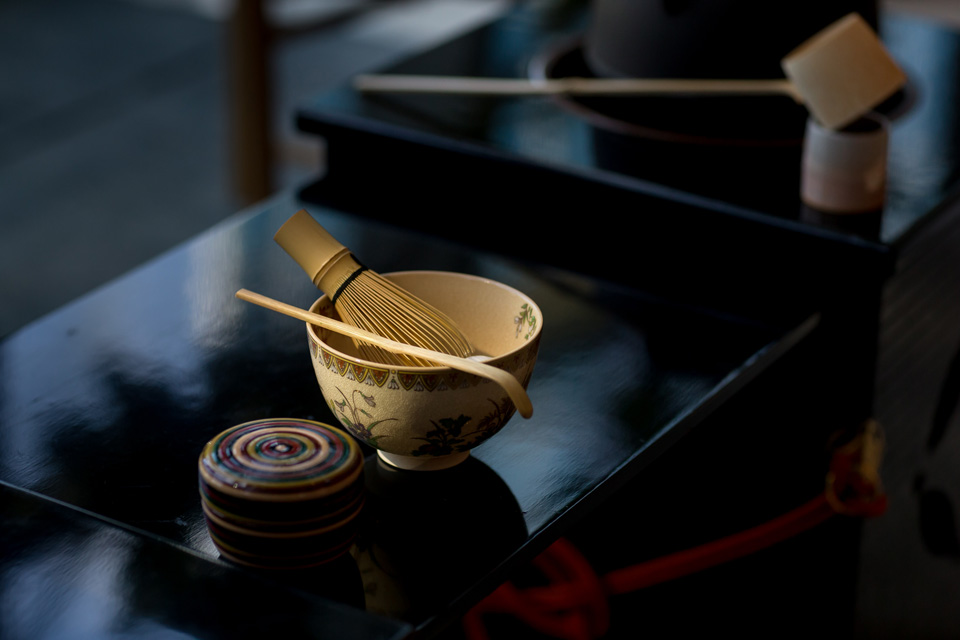Inside the age-old practice of Japanese tea making, tea and design intertwine to bring out the universal values of harmony and respect at the heart of human relationships.
It was 1951 when Charles and Ray Eames hosted the now historic gathering of their friends and contemporaries, including artist and designer Isamu Noguchi and his fiancé, silent film star Charlie Chaplin and other notables, at the Eames’ Case House #8 in Los Angeles, California. An assembly of talents, the momentous Japanese tea ceremony organised by Charles and Ray Eames highlighted the importance that the designers had placed on the role of design in facilitating human interactions, particularly guest-host relationships embodied in the most profound ways through the art of Japanese tea making.
With the event having been recreated several times since, both in the United States and in Japan, to celebrate the spirit that Charles and Ray Eames wanted to communicate, the latest such gathering on a tranquil Saturday morning at the XTRA Marina Square showroom in partnership with Urasenke Singapore Association brought together a select group of designers and design enthusiasts to commemorate the original ceremony and delve deep into the art and meaning of tea making. Looking beyond the choreographic ritual of the centuries-long practice and the novelties of Japanese tea preparation, the universal importance of forging caring and respectful connections to one another underpinned the act of serving and being served the tea. The room full of strangers and acquaintances bonded convivially, with conversations flowing long after the event came to an end.

And then, everything came together – the gentle aroma inside the cup, the careful but rigorous whisking of the matcha powder with water until a layer of consistent foam formed atop of tea, the particular movements of turning of the cups, the atmosphere of the entire room. Inadvertently and perhaps deliberately, attention drew to smallest details in an effortless and freeing way, with the way the tea was passed from one person to another, the careful handling of the cup, the bond between the two people as they shared a profound moment of care. The universal and collective need for a genuine human connection spanning many centuries and diverse cultures, preserved in an intimate setting and in a delicate cup of soul-warming tea.














